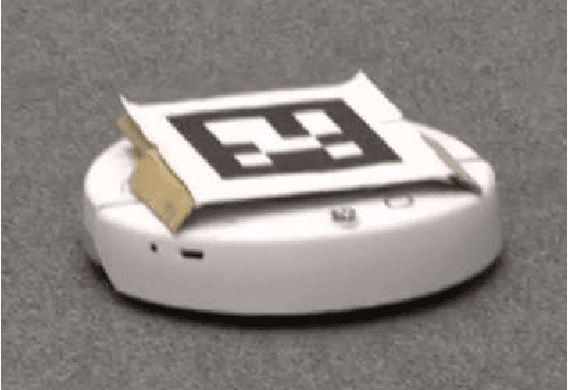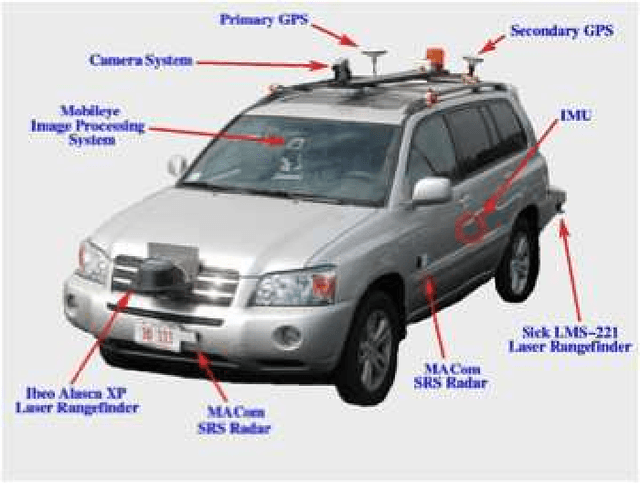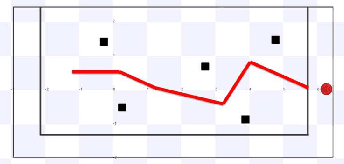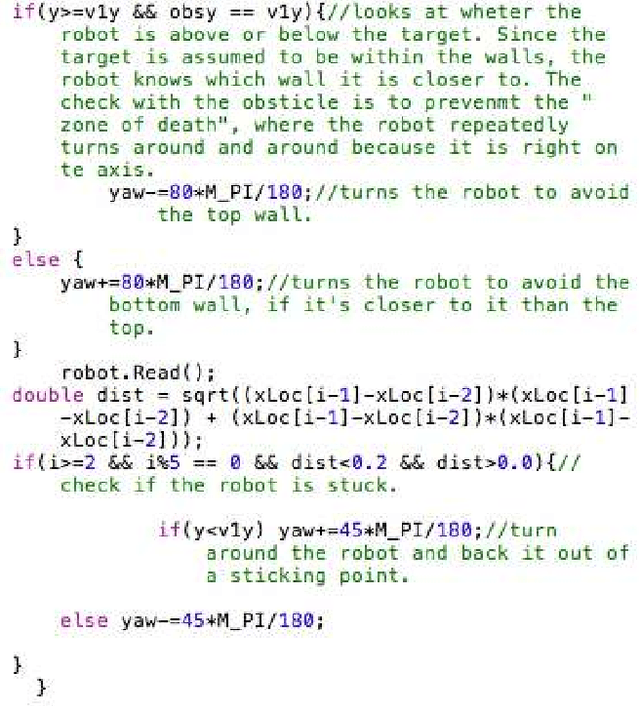A Hands-on Education Program on Cyber Physical Systems for High School Students
Paper and Code
Aug 03, 2014



Cyber Physical Systems (CPS) are the conjoining of an entities' physical and computational elements. The development of a typical CPS system follows a sequence from conceptual modeling, testing in simulated (virtual) worlds, testing in controlled (possibly laboratory) environments and finally deployment. Throughout each (repeatable) stage, the behavior of the physical entities, the sensing and situation assessment, and the computation and control options have to be understood and carefully represented through abstraction. The CPS Group at the Ohio State University, as part of an NSF funded CPS project on "Autonomous Driving in Mixed Environments", has been developing CPS related educational activities at the K-12, undergraduate and graduate levels. The aim of these educational activities is to train students in the principles and design issues in CPS and to broaden the participation in science and engineering. The project team has a strong commitment to impact STEM education across the entire K-20 community. In this paper, we focus on the K-12 community and present a two-week Summer Program for high school juniors and seniors that introduces them to the principles of CPS design and walks them through several of the design steps. We also provide an online repository that aids CPS researchers in providing a similar educational experience.
 Add to Chrome
Add to Chrome Add to Firefox
Add to Firefox Add to Edge
Add to Edge